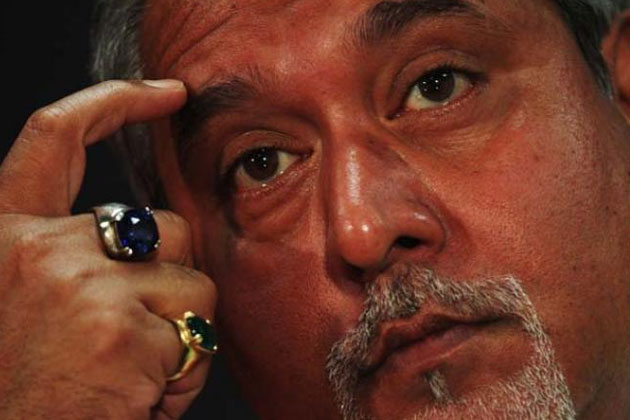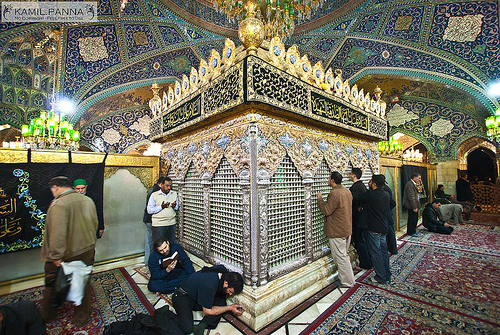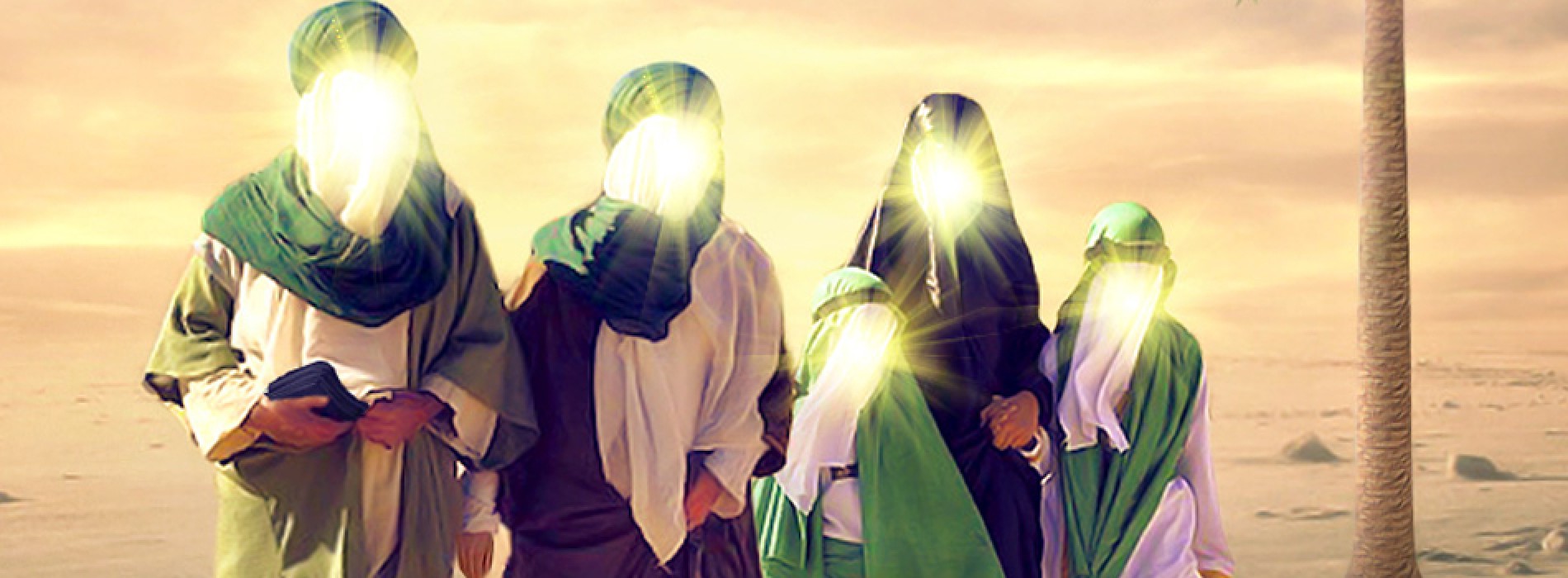Malaysia may be ‘My
Asia’ for others but certainly not for the followers of Ahle-Bait.Since1996,Imamis
are being persecuted and prevented from
practicing their faith tragically at the behest of Government. For them, Malaysia
is not a progressive and developed nation but a country that is striving to
eliminate Imamis like cruel and anti-Ahle-Bait Umayyad and Abbasid Caliphs. The
government is going ahead with its agenda calmly as the world prefers to watch
the whole issue with silence. The plight and persecution of Imamis never make
headlines. The local media is also divided over the issue. While one section
justifies the marginalization of Imamis, the other offers a balanced approach but
refrains from attacking the government for depriving ‘Hussaini Community’ of
its rights despite guaranteeing freedom of religion in the constitution.
It all began when the
Fatwa committee of the National Council for Islamic Affairs on May 5,1996
determined that Muslims in Malaysia can only practice Islam based on Sunni
beliefs. The committee also described Imamis as deviant and not within the
purview of Islam. The fatwa has given a sort of license to authorities to
persecute Imamis and prevent them from worshipping publicly, publicizing, broadcasting
and distributing any books, leaflets, films and videos that relate to their school
of thought. Further, the persecution of Imamis and restriction on propagation
of their ideology is also in contravention of Article 18 of the UN Declaration of Human Rights (1948), ASEAN Human
Rights Declaration (2012),Islamabad Declaration (2007), The Amman Message
(2004), The International Bill of Human Rights and The Federal Constitution of
Malaysia.
Yet since the implementation of Fatwa, Imamis have
been placed under the Internal Security Act (ISA) for spreading their teachings. Those released later
were told to renounce their faith as a precondition. As the act provides detention
without trial, it is being used against Imamis with impunity. From 2000 Ad
onwards, Imamis have been arrested on the charge of threatening national security. On similar
ground, they were not allowed to commemorate the martyrdom of Prophet’s
grandson on Yaum-e-Ashura in Salengor. Islamic Religious Department officers
entered the Ali- al-Ridha Islamic Centre in Seri Gombak and detained 200 mourners
in 2010. The following year, security
forces accompanied Religious Department officers for mass arrest of Imamis for
celebrating the birthday of Lady Fatima, the daughter of the Holy Prophet.
security
forces accompanied Religious Department officers for mass arrest of Imamis for
celebrating the birthday of Lady Fatima, the daughter of the Holy Prophet. 
Local
mosques across Malaysia are under instruction to deliver anti-Imami sermons during Friday prayers. In November 2013, Non Imami
Muslims were exhorted to stop the spread of Islam based on Imami principles through
“jihad”(Holy struggle).Malaysian ministers and authorities have been constantly advocating for an amendment
to the Malaysian Federal Constitution,
with the addition of the word “Sunni” to be inserted after Islam as the
official religion of Malaysia.
Most
recently, the Islamic Development Department (Jakim) pointed out that Imami
faith violated Islamic law on the false allegation that the sect does not
believe in Friday prayers. Department has also raked up the issue of national
security in banning Imami practices. Anti-Imami forces feel that Imamis were propagating
their faith very aggressively in Malaysia after Iranian revolution of 1979 and
hence, they emerged as a threat to national security and needs to be controlled
through punitive measures.
Reference-
The
post is based on the inputs taken from a study carried out by Janab
Muhammad Haji on Imamis of Malaysia )











